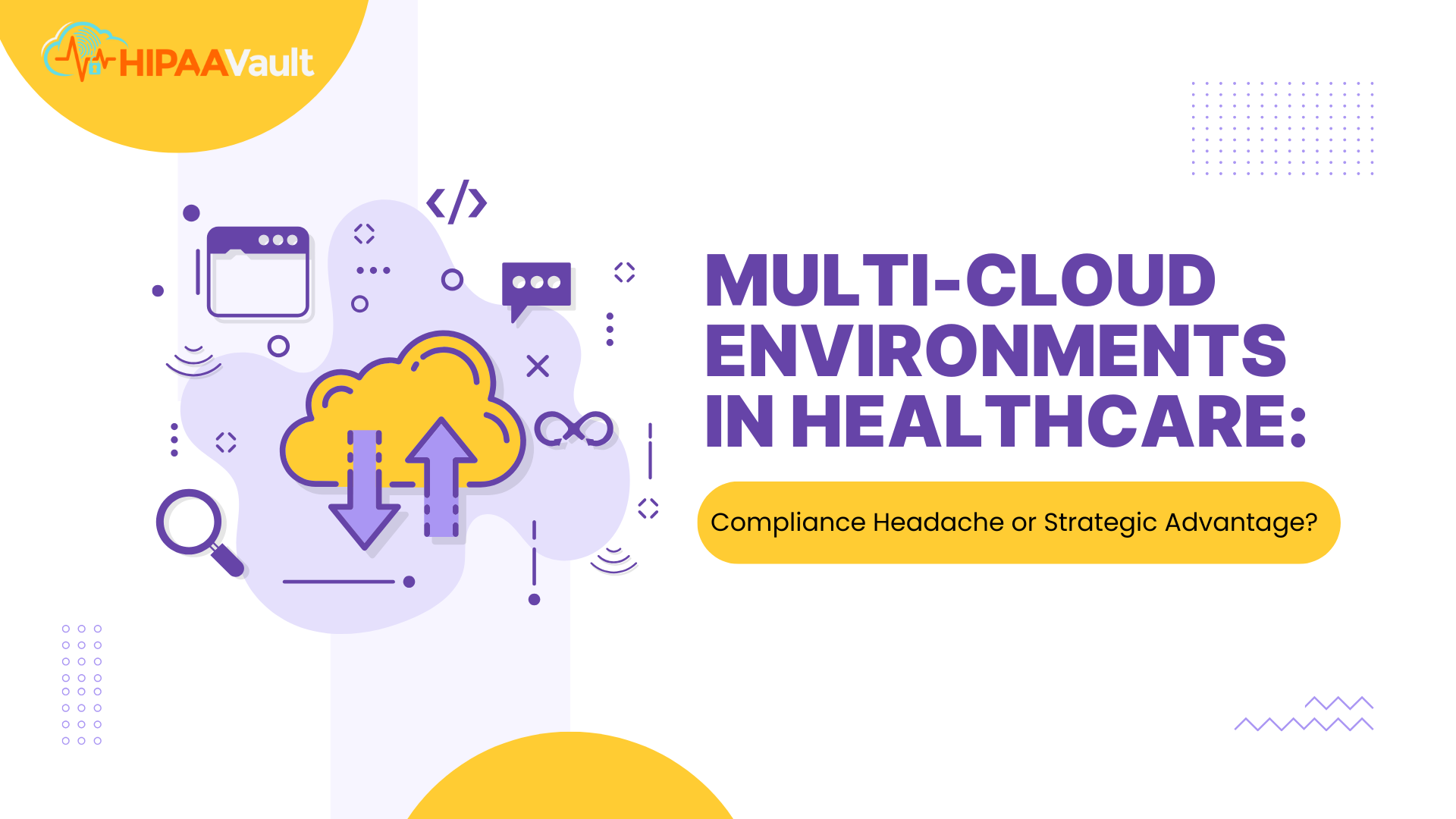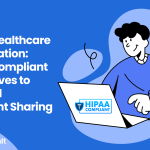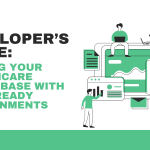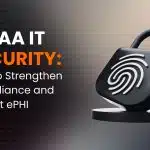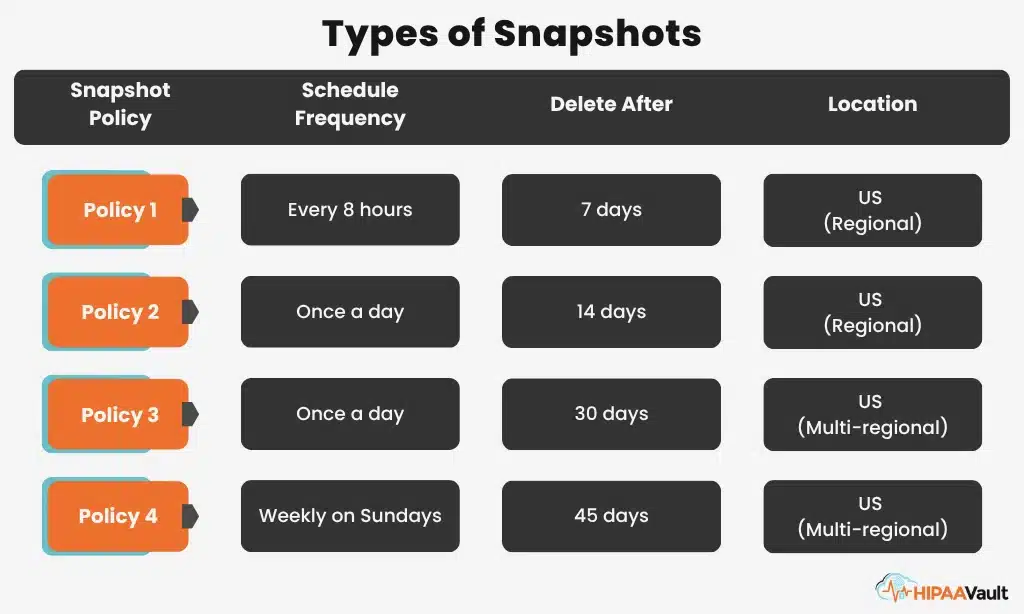Healthcare organizations today face unprecedented demands for scalability, resiliency, and interoperability. As a result, many are adopting multi‑cloud strategies—leveraging two or more public cloud providers such as AWS, Azure, and Google Cloud—to avoid vendor lock‑in and optimize costs. Yet this architectural shift also raises complex compliance questions. With HIPAA’s Privacy and Security Rules applied across multiple platforms, can healthcare teams transform a potential compliance headache into a strategic advantage?
In this post, we unpack how to navigate healthcare multi-cloud compliance, turning regulatory challenges into opportunities for resilience, performance, and cost-efficiency.
The Rise of Multi‑Cloud in Healthcare
The healthcare sector’s embrace of cloud computing has been swift—94% of U.S. healthcare organizations report at least some cloud adoption, driven by the need to modernize electronic health record (EHR) systems and support telehealth services (HIMSS 2022 Cloud Adoption Survey: https://mymountainmover.com/the-rise-of-cloud-computing-in-the-healthcare-industry/). Among those organizations, nearly 79% now view multi‑cloud as a strategic priority for 2025, aiming to balance workloads across providers to improve uptime and negotiate better pricing (Perficient/Red Hat/HIMSS Media Survey: https://www.perficient.com/news-room/news-releases/2019/perficient-red-hat-and-himss-confirms-cloud-adoption-in-healthcare-is-accelerating-amid-challenges).
While multi‑cloud can enhance redundancy and performance, it also fragments data governance. Each cloud platform enforces its own security models, creating potential compliance blind spots.
Secure Your Healthcare Operations with Full HIPAA Compliance
HIPAA Vault provides end-to-end compliance services — from secure hosting to expert risk assessments and 24/7 support.
Get a Free Compliance AssessmentRegulatory Landscape: HIPAA, HITECH & Beyond
Healthcare’s foundational compliance framework, HIPAA, sets national standards for protecting PHI. The Security Rule requires administrative, physical, and technical safeguards—risk assessments, access controls, encryption, and audit logging—no matter where ePHI resides (45 CFR § 164.312; HHS HIPAA Security Guidance: https://www.hhs.gov/hipaa/for-professionals/security/guidance/index.html). Under the Health Information Technology for Economic and Clinical Health (HITECH) Act, breach notification timelines and penalties grew more stringent, emphasizing the need for cross‑cloud visibility.
HIPAA Security Rule Across Clouds
HIPAA does not prescribe specific technologies but mandates “reasonable and appropriate” measures. In a multi‑cloud setup, this means risk‑assessing each cloud environment, documenting how you implement encryption at rest and in transit, and ensuring unique user authentication for every platform.
BAAs and Vendor Due Diligence
Every cloud provider that stores, processes, or transmits ePHI must sign a Business Associate Agreement (BAA). This separate contract delineates each party’s responsibilities for safeguarding PHI under HIPAA (HHS BAA Guidance: https://www.hhs.gov/hipaa/for-professionals/privacy/guidance/business-associates/index.html). In a multi‑cloud world, you’ll need BAAs with each vendor—AWS, Azure, Google Cloud—plus any third‑party tools you layer on top.
Compliance Challenges in Multi‑Cloud Architectures
Data Fragmentation and Visibility
Storing ePHI across multiple clouds can fracture your data map. Without a unified inventory of where data lives—and who can access it—you risk gaps in encryption coverage or audit logging.
Consistent Encryption and Key Management
Each cloud offers its own key‑management service (e.g., AWS KMS, Azure Key Vault, Google Cloud KMS). Synchronizing key policies and lifecycle management across these platforms is essential to meet HIPAA’s encryption requirements and prevent configuration drift.
Policy Enforcement Across Platforms
Cloud‑native security tools (AWS IAM, Azure RBAC, GCP IAM) all enforce permissions differently. To maintain least‑privilege access, you must codify and audit equivalent policies in each environment, ideally using centralized policy-as-code frameworks like Terraform or Cloud Custodian.
Turning Compliance into a Competitive Edge
While multi‑cloud presents compliance complexity, it also offers tangible strategic benefits:
Enhanced Resilience with Geo‑Redundancy
By distributing workloads across regions and providers, you safeguard critical applications—such as EHR systems and telehealth portals—against provider outages or regional disasters. Multi‑cloud architectures can deliver up to 99.999% availability when properly configured.
Optimized Cost Management and Scaling
Healthcare providers can bid workloads to the most cost-effective cloud or leverage spot instances for non-critical compute tasks. This agility can reduce infrastructure spend by up to 30% in mature multi‑cloud deployments.
Interoperability and Vendor Flexibility
Multi‑cloud enables integration with best‑of‑breed services—machine‑learning APIs from Google, analytics from Azure Synapse, or specialized healthcare compliance tools on AWS. This flexibility accelerates innovation without sacrificing compliance.
Best Practices for HIPAA‑Compliant Multi‑Cloud Deployments
- Centralize Compliance Monitoring: Ingest logs from all cloud platforms into a single SIEM or compliance dashboard.
- Unified Key Management: Use a centralized HSM or cross‑cloud key orchestration layer to enforce consistent encryption policies.
- Infrastructure as Code (IaC): Deploy repeatable, version‑controlled compliance guardrails across clouds.
- Automated Compliance Scans: Leverage tools like AWS Config, Azure Policy, and GCP Forseti to continuously validate HIPAA controls.
- Regular Risk Assessments: Update your multi‑cloud risk register quarterly, mapping findings back to HIPAA Security Rule objectives as outlined in NIST SP 800‑66 Rev. 2 (https://nvlpubs.nist.gov/nistpubs/SpecialPublications/NIST.SP.800-66r2.pdf).
How HIPAA Vault Simplifies Multi‑Cloud Compliance
At HIPAA Vault, we partner with healthcare organizations to architect secure, compliant multi‑cloud environments. Our services include:
- Unified Compliance Layer: Policy‑as‑code templates that enforce HIPAA controls across AWS, Azure, and Google Cloud.
- Managed Key Vaults: Centralized encryption key management with separation of duties.
- Cross‑Cloud SIEM Integration: Aggregated logs and alerts for real‑time compliance monitoring.
- BAA Management: Streamlined contracting to ensure BAAs with all cloud vendors and third parties.
- 24/7 Compliance Support: Dedicated experts available to guide remediation and incident response.
Learn more about HIPAA Hosting today and gain peace of mind across any cloud platform.
🔗 https://www.hipaavault.com/hipaa-compliant-cloud-hosting/
Conclusion: From Headache to Strategic Asset
Multi‑cloud adoption in healthcare is more than a technological trend—it’s a strategic imperative. By embracing best practices in encryption, access control, and centralized monitoring, organizations can transform a potential compliance headache into a driver of resilience, cost savings, and innovation. With the right partner, multi‑cloud can deliver all the benefits of modern cloud computing—safely and in full compliance with HIPAA.


